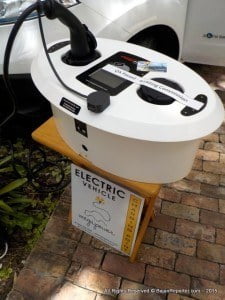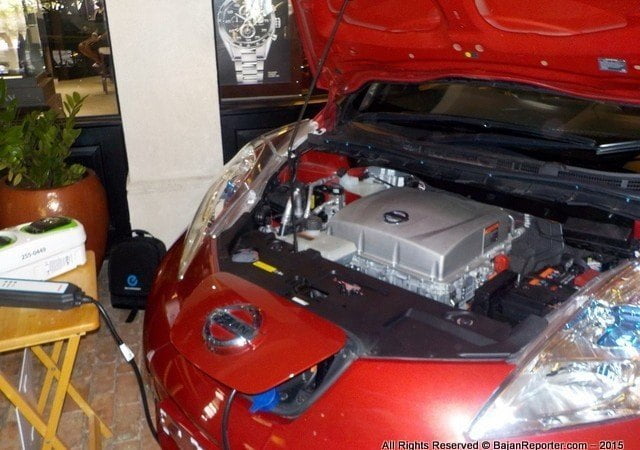Thirteen North American and European governments announced today that they will strive to make all new passenger vehicles in their jurisdictions zero emission vehicles (ZEVs) by no later than 2050. Achieving this will accelerate the global transition to ZEVs and could reduce transportation sector climate impacts by more than 1 billion tons of carbon dioxide emissions per year by 2050, lowering global vehicle emissions by about 40 percent.

Members of the International ZEV Alliance are committed to accelerating the global transition to ZEVs. Large-scale adoption of electric-drive vehicles, in concert with clean energy deployment, is essential for limiting climate change impacts such as sea level rise and increased in extreme weather, ending oil dependence, improving air quality, and growing the low-carbon economy. ZEVs can also offer consumers a multitude of other benefits such as improved performance, and lower fueling and maintenance costs.

ZEV Alliance participants represent about half of the electric vehicles sales worldwide. “These governments are leading the way when it comes to early adoption of electric vehicles by offering a mix of financial and non-financial incentives, vehicle policy, consumer awareness and outreach, and the installation of a charging infrastructure,” said Nic Lutsey, Program Director of the International Council on Clean Transportation (ICCT), which serves as Secretariat to the International ZEV Alliance.

The ICCT also released a working paper, “Global Climate Change Mitigation Potential from a Transition to Electric Vehicles,” that quantifies the greenhouse gas benefits of increasing ZEV adoption. The paper is at the ZEV Alliance website.
In addition to supporting ZEV adoption with innovative policies and investments within their own jurisdictions, members of the International ZEV Alliance are collaborating to expand the global ZEV market and encouraging other jurisdictions to establish ambitious ZEV targets and policies to promote electric drive vehicles.









Leave a Reply